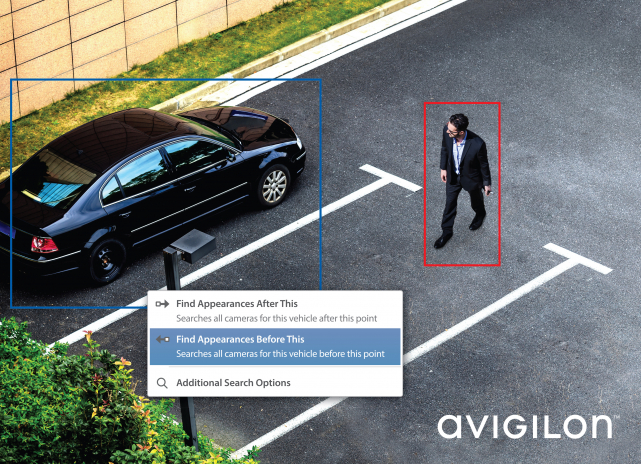Written by Chris Watson, Director of American Digital Security
The other day I had a customer ask me why I keep talking about analytics when choosing what type of camera system will work best for them. It comes down to what you really want out of your system.
Video analytics software was created to help review the growing hours of surveillance footage that a security guard or system manager may never have time to watch. Your video surveillance system is only as useful as the incidents you can capture and watch, and video analytics will help you find these incidents in seconds.
Using video analytics makes your surveillance system more efficient, reduces the workload on security and management staff, and helps you capture the full value of security video by making your IP camera system more intelligent while it works. I always push my customers to decide on what is important to them when it comes to designing or upgrading their surveillance system. It always comes down to one of the four types of systems.
- Investigation After the Fact
- Someone did something to someone or something and you must find a record of that event and show how it happened as fast as possible to mitigate loss.
- Situational Awareness
- Allows you to have actionable intelligence to stop something from happening or at the very least respond to an event in real time if needed.
- Where are people at and what are they doing?
- Safety – True Safety for Staff and Visitors
- Controlling access to and from your areas of concern.
- Locking down a building in real time to stop a threat.
- Control for pandemic responses including contract tracing.
- Accountability
- Is everyone doing what they should be doing at all times? Video doesn’t lie.
- Dealing with allegations False/True to protect your staff or mitigate risk.
If I were to simplify the benefit of analytics in a security system in one word, it would be awareness.
Today analytics can mean everything from object classification, occupancy counting, license plate capture, facial recognition, or even unusual motion detection. These analytics allow you to combine all four types of surveillance systems in the one usable system to meet your needs.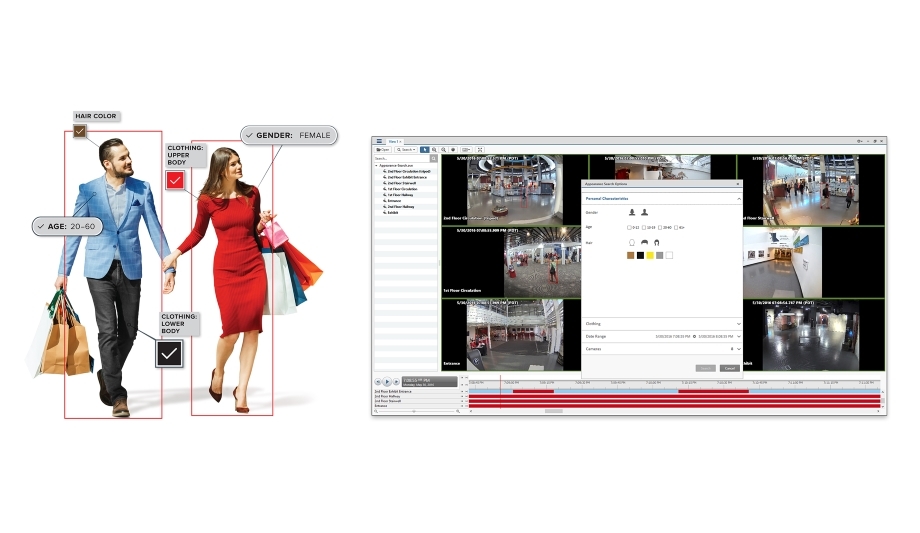 Object classification uses AI algorithms to determine the difference between people, vehicles and their attributes so it is possible to enhance investigational or real time searches and allow for real time notifications that provide actionable intelligence. This means rather than just investigating after the fact, you can get real time notifications when something is going on – saving you money on damages to your assets. For example, I can set an analytic notification that monitors a designated area for any human activity during a timeframe, if the AI classifies an object as a human being I will get a notification right then and there rather than sifting through footage or missing it all together and possibly having to investigate an event after the fact. Thanks to modern AI & analytics a system can classify if an object is a human, dog, car, bicycle, etc. and respond accordingly to the customer’s needs.
Object classification uses AI algorithms to determine the difference between people, vehicles and their attributes so it is possible to enhance investigational or real time searches and allow for real time notifications that provide actionable intelligence. This means rather than just investigating after the fact, you can get real time notifications when something is going on – saving you money on damages to your assets. For example, I can set an analytic notification that monitors a designated area for any human activity during a timeframe, if the AI classifies an object as a human being I will get a notification right then and there rather than sifting through footage or missing it all together and possibly having to investigate an event after the fact. Thanks to modern AI & analytics a system can classify if an object is a human, dog, car, bicycle, etc. and respond accordingly to the customer’s needs.
.png)
License plate recognition has seen an accelerated use in the last few years. Before, authorities were just trying to track down individuals by scanning license plates during investigations but now any business can use it for everything such as recognizing a plate and automatically opening gates or alerting key personnel if a whitelisted plate comes on to the property. When an LPR-enabled camera recognizes a license plate that has been whitelisted, it will activate any automatic commands you have outlined to trigger via a rule-based software trigger. This also works for unrecognized or blacklisted license plates – allowing for real-time notifications so you are aware before disaster strikes.
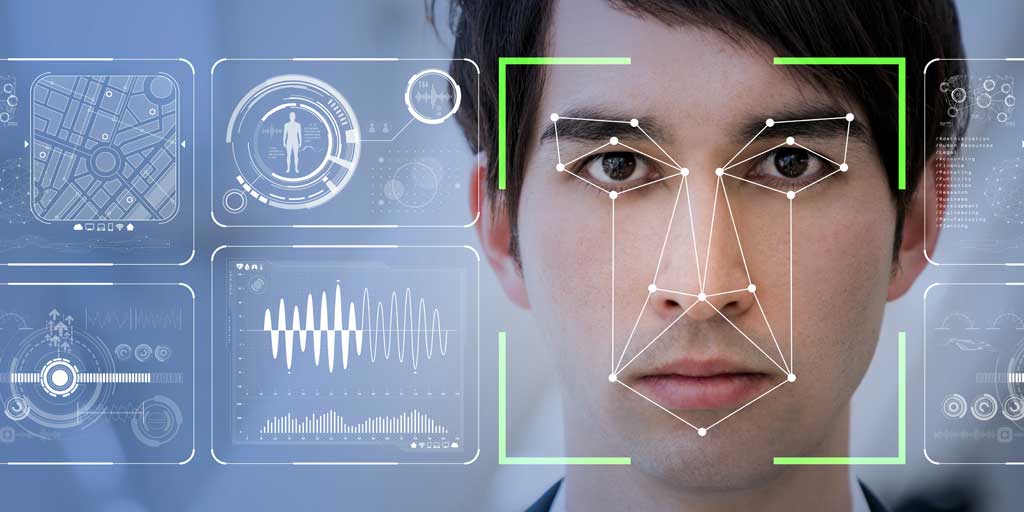
When I think of facial recognition, I think back to all the crime dramas and CSI spinoffs and laugh at how close we have gotten to what is portrayed in television. Currently financial institutions are capturing face profiles of fraudulent individuals and sharing that profile to all their branches. This allows for a share of vital information that allows for early notification to key personnel the second a flagged individual walks through the door.
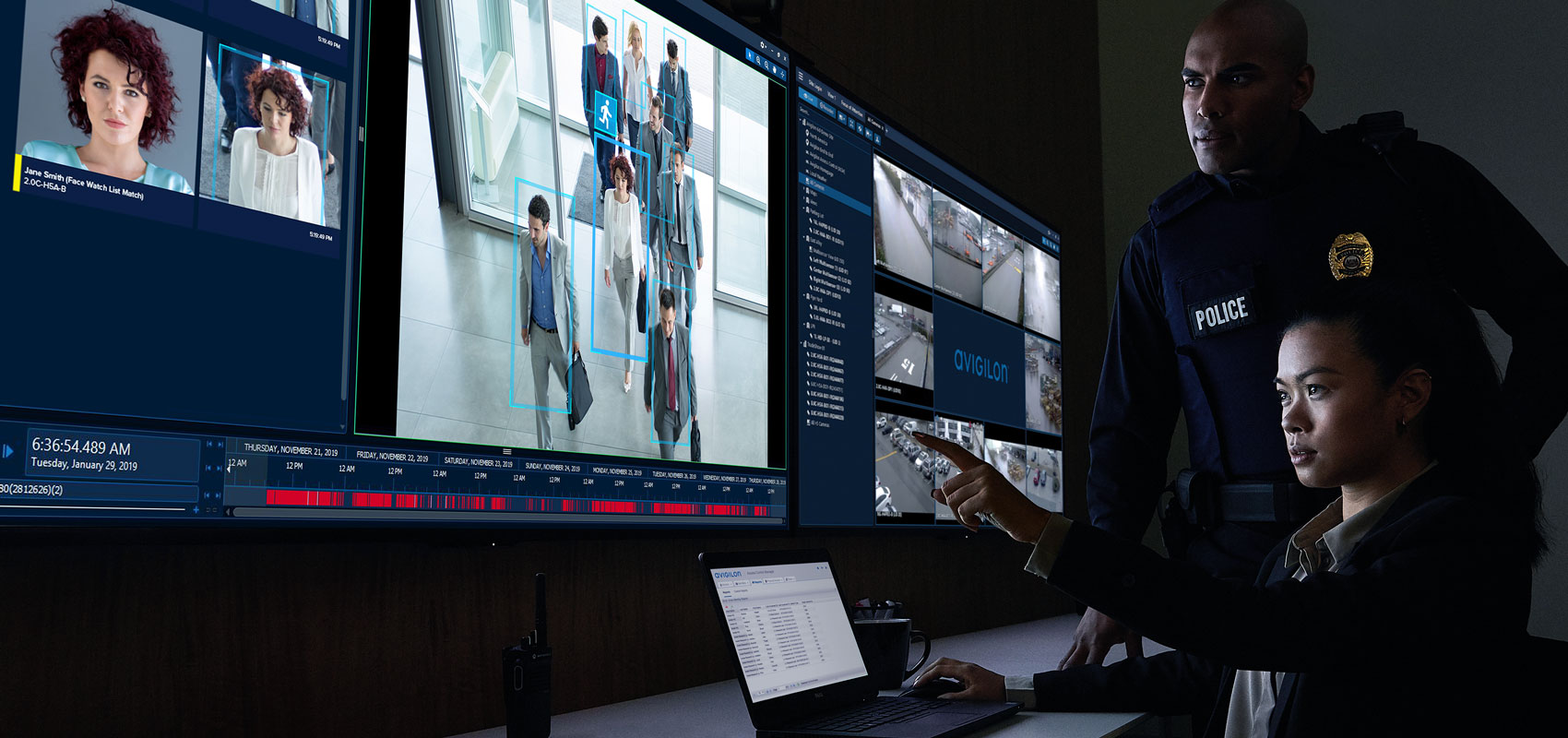
Today, most manufacturers provide one or more video analytics as part of their solution. Not all analytics have been designed the same way however, and depending on the situation, one video analytic type can provide better results than others. The point I am trying to make here is that not all analytics are the same. One of our manufacturers does a phenomenal providing retail analytics like people counting and heat mapping so their customers can see where people are at and where they spend their time during a site visit. Where another manufacturer has taken it to the next level and is able to allow for Unusual Motion Detection, meaning the AI works to learn what is normal activity for each camera’s field of view and then creates notifications based of what is considered “Unusual” for that scene.
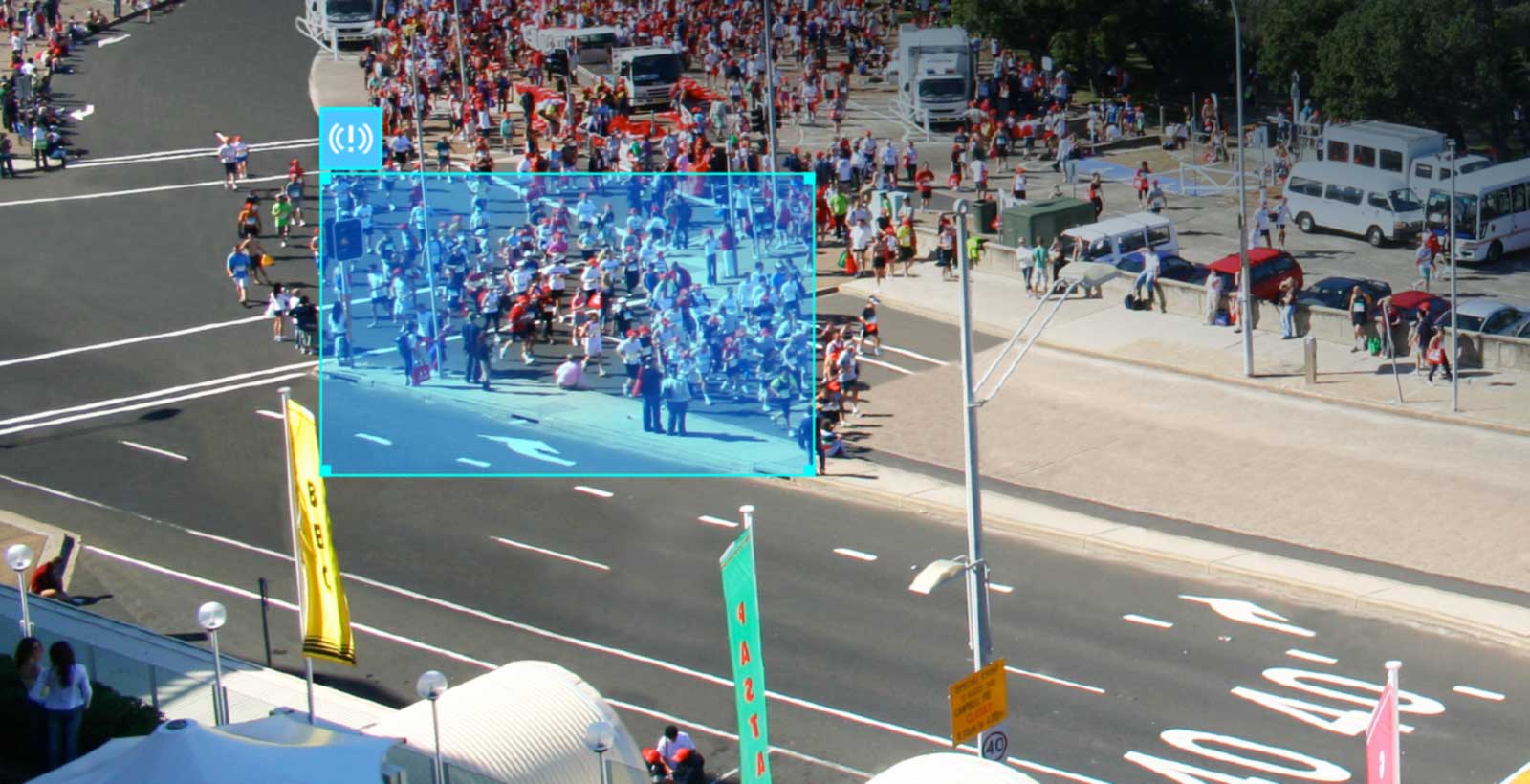
There are important differences in video analytics for each camera/overlay and using the right video analytic in your implementation is crucial to obtain the best results. Finding a partner that can help you discover the combination of different types of video analytics will be the way to go, whereas in very specific situations one type can be more suitable than others. Not all the scenes are ideal, especially when using video analytics outdoors. Lighting is the most important factor to consider for low-light environments. Also, let your partner design and outline camera field of views that will ensure the pixels needed for the best results of a video analytic. Remember that all analytics will require configuration and fine tuning with the changing seasons. Plan and work with your partner to learn how to make minor changes throughout the year. An integration between the Video Management System and the video analytic is important. Furthermore, an integration that includes metadata support will give you more usability and the possibility to expand its applications.
Bottom-line, all of this is fun and can be a bit mind blowing, however what really matters when it comes to analytics is that you are made aware of what is happening around you and how you are notified to do something about what is happening.



